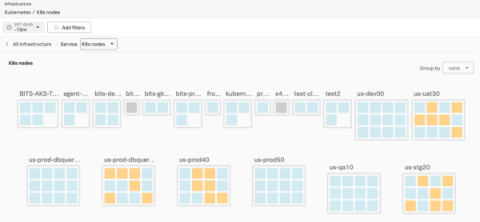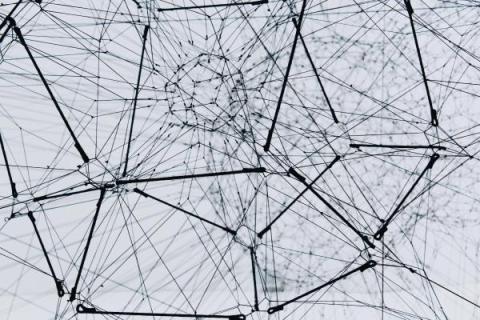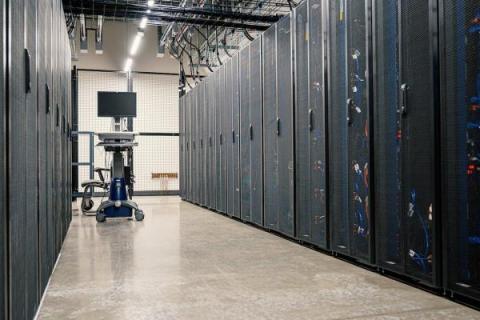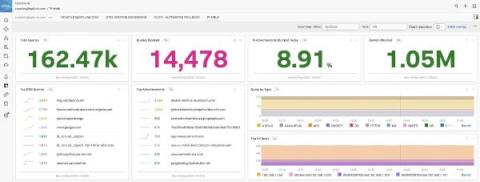Multimodal AI Explained
Here we go again! Multimodal AI is the “next big thing” in artificial intelligence technology. But what exactly does multimodal mean, and how does it differ from the AI models we’ve all grown familiar with? Let’s take a look.








